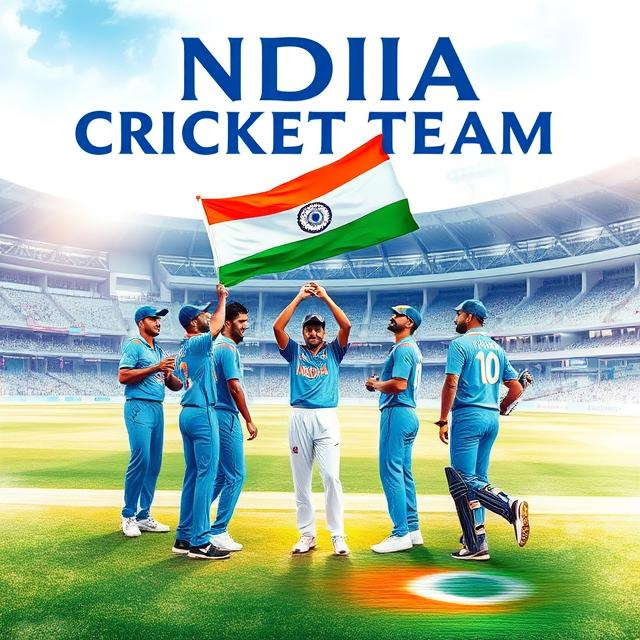Pakistan Cricket Team Salary 2017: A Deep Dive into the Earnings

Pakistan Cricket Team Salary 2017: A Deep Dive into the Earnings
Unveiling the financial landscape of the Pakistan cricket team in 2017 provides a fascinating glimpse into the world of professional sports in the country. This article will delve into the specifics of player salaries, explore the factors influencing these earnings, and analyze the overall financial structure of the team, providing insights into the lives and motivations of Pakistan’s cricketing heroes.
The year 2017 was a pivotal period for Pakistan cricket, witnessing both exhilarating victories and moments of challenge on the global stage. Understanding the compensation structure during this time is crucial to grasping the broader context of the sport’s growth and the financial realities of its players.
The Evolving Landscape of Cricket Salaries
The global landscape of sports salaries is ever-changing, and cricket is no exception. Factors like team performance, player skill, individual contracts, and the overall market value of the sport play significant roles in shaping player compensation. Pakistan cricket, like many other international teams, saw the intricate interplay of these factors influence salary structures in 2017.
International cricket’s rise in popularity had a direct correlation with the burgeoning demand for star players and correspondingly higher earnings. This, coupled with the growing commercialization of the sport, led to increasingly lucrative contracts for prominent players across various international teams. The Pakistan cricket team’s 2017 salaries reflected these shifting dynamics.
Deciphering the Variables: Factors Impacting Salaries
Several key variables shaped the salaries of Pakistan cricketers in 2017. Form and consistency were crucial elements. Players who consistently performed at a high level, particularly in major international tournaments, commanded higher compensation.
Experience played a pivotal role. Established players with years of experience and proven track records naturally commanded higher salaries than emerging talents. This was mirrored in the global sports scene in general. This reflects the value teams place on experience and reliability.
Role and Position within the team also influenced the salary structure. Key players like captains and star batsmen, all-rounders, and bowlers earned higher amounts than support players. This was the same across various international teams.
Performance in major tournaments and crucial matches were extremely important. Success in important matches brought additional bonuses, demonstrating how performance directly correlates with monetary incentives in the world of professional sports.
Sponsorship deals played a noteworthy part in the overall earnings of players. Players with high popularity and visibility often attracted substantial sponsorship deals, which often contributed significantly to their total compensation in 2017.
A Deeper Look at Specific Players (Hypothetical Example)
Note: Exact figures for 2017 Pakistan cricket team salaries are not publicly available. The following is a hypothetical example to illustrate the concept and potential range of salaries:
Player A: A seasoned captain with a track record of success, Player A may have earned a significant salary package in 2017, potentially in the range of $X, possibly including a substantial base salary and performance-based bonuses. This is consistent with the values placed on captains and star players in various sports.
Player B: A young, promising all-rounder who made a significant impact throughout the year, Player B’s salary might have been lower than Player A’s, though still substantial for a rising star. Such a player might have attracted sponsorships which contributed significantly to their income.
Player C: A dependable batsman who played consistently throughout the year, Player C likely earned a substantial salary, potentially a significant portion of their total earnings coming from their base salary and possibly smaller bonuses.
These hypothetical examples demonstrate the broad range of potential salaries within the Pakistan cricket team in 2017, highlighting the interplay of factors outlined above. Understanding these variables is vital to grasping the complexities of professional sports compensation.
The Financial Structure of the Pakistan Cricket Board (PCB)
A critical aspect of the situation is the structure of the Pakistan Cricket Board (PCB). The PCB’s financial policies and revenue streams directly influence the team’s salary budget. The PCB’s financial health affects the players’ ability to secure higher salaries, which in turn impacts their motivations and the overall performance of the national team.
The PCB’s revenue streams typically come from various sources, including match fees, television rights, sponsorships, and ticket sales. A successful PCB ensures adequate resources are available to afford competitive salaries for their players.
Understanding the PCB’s financial structure provides valuable insight into the team’s overall financial health and its ability to compete with other international teams.
The Impact of Salaries on Performance and Motivation
The salaries of cricket players directly impact their motivations and, ultimately, performance. Competitive salaries provide an incentive for top performance, and financial stability contributes positively to players’ focus on their craft. This is seen throughout the world of professional sports.
Properly structured salaries can also lead to increased morale and team cohesion, making players motivated and more invested in the team’s success.
Conclusion
Pakistan cricket team salaries in 2017 offered a compelling view of the complex interplay between player performance, market forces, and the financial structure of the PCB. The interplay of these factors created a dynamic environment for Pakistan’s players, and understanding this context is crucial to appreciating the successes and challenges faced by the team in that year.
While precise figures remain elusive, the analysis of the factors influencing salaries provides a framework for understanding the complex financial realities within the world of professional cricket. This perspective can be directly applied to similar professional sports contexts across the globe.
This article is intended to offer a comprehensive overview and a hypothetical illustration of the potential range of 2017 salaries and is not intended as a substitute for official financial data.